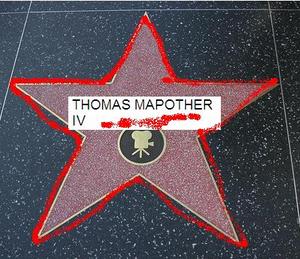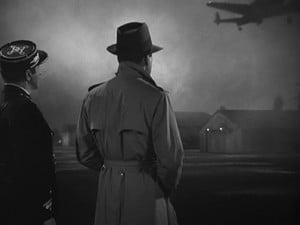I started writing a short history for each of the Top 100 films on the American Film Institutes list, and then I realized that the AFI list is problematic for a few different reasons. It only represents the opinions of film critics, it stays within the boundaries of Hollywood and American born films, and it tends to pander towards the classics with films that were extremely important but don’t necessarily represent the opinions of those that watch them, the movie going public.
So, I present the exact same project with the Top 100 movies from The Internet Movie Database’s Top 250 list. The IMDB list is a much greater tool, and one I’ve used in the past because it’s dynamic. Over the course of the years it has changed substantially adding new films, removing old films and generally reflecting the opinions of those that watch the films.
The sixth film according to the masses at IMDB is Schindler’s List. Adapted from the novel, Schindler’s Ark by Thomas Keneally, Schindler’s List is one of the truly great films by director Steven Spielberg. Released in 1993, the film was originally adapted for the screen by Steven Zaillian and went on to win pretty much every award offered that year, from the Oscars to the Golden Globes, to the Grammys.
The film itself is a moving tale of how a factory in Germany employed and saved a thousand or more Jews from the concentration camps. The title character, a Czechoslovakian businessman by the name of Oscar Schindler originally comes to Germany in seek of cheap slave labor and an ample market in the German Army. He becomes an avid member of the Nazi party and a common fixture in the back pocket of many SS officers and politicians.
When he attempts to find the financing to start his factory though he is forced to enlist the services of Itzhak Stern, a member of the Jewish Council who uses the opportunity to bring in as many Jewish workers as possible and offer them worker status to escape the careful eye of the Gestapo.
After seeing the atrocities committed by the Nazis, Schindler slowly beings to change his view of things, unable to fathom that they would treat a child the same as a grown man and kill her merely for her race. He eventually does all in his power to save each and every name on his list of factory workers, all 1100 workers.
In the end of the film, a touching tribute to Schindler is portrayed as the cast and their real life counterparts march across the screen in tribute to Schindler’s grave. The film strives not only to show one man’s realization of evil but the nature of the evil itself, in the camps and in the men and women who suffered it.
The film was originally to be directed by Roman Polanski, himself a survivor of the Krakow Ghetto but he passed on it as he thought he’d be too emotionally involved. Scorcese was another name on the list but he passed as he believed it should be filmed by a Jewish director. Finally Spielberg was given the role for which he refused payment. The film went on to win seven academy awards including best picture and best director.
The film’s place in history is still being etched, but it is widely considered by many to be the greatest film of the 1990s and one of the most important films ever made. It was the first to unerringly show the plight in the Nazi concentration camps and is now listed on most all lists of the greatest films of all time.


